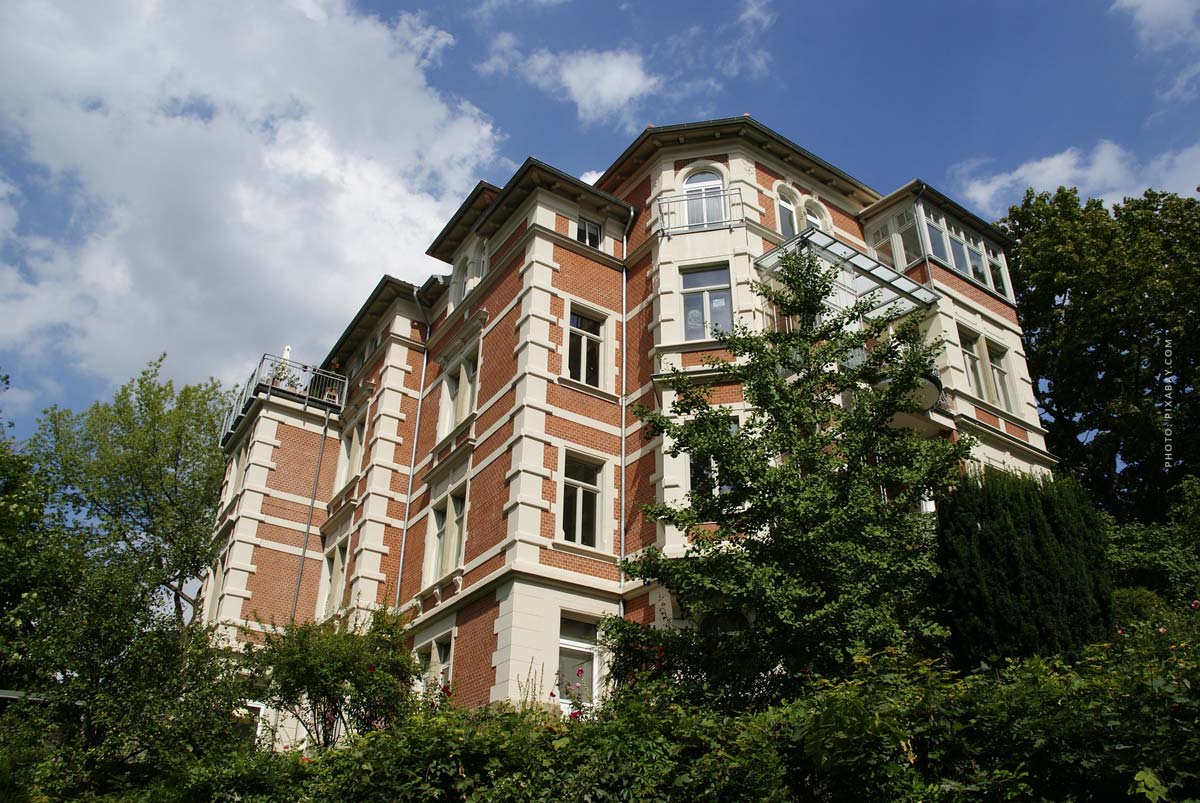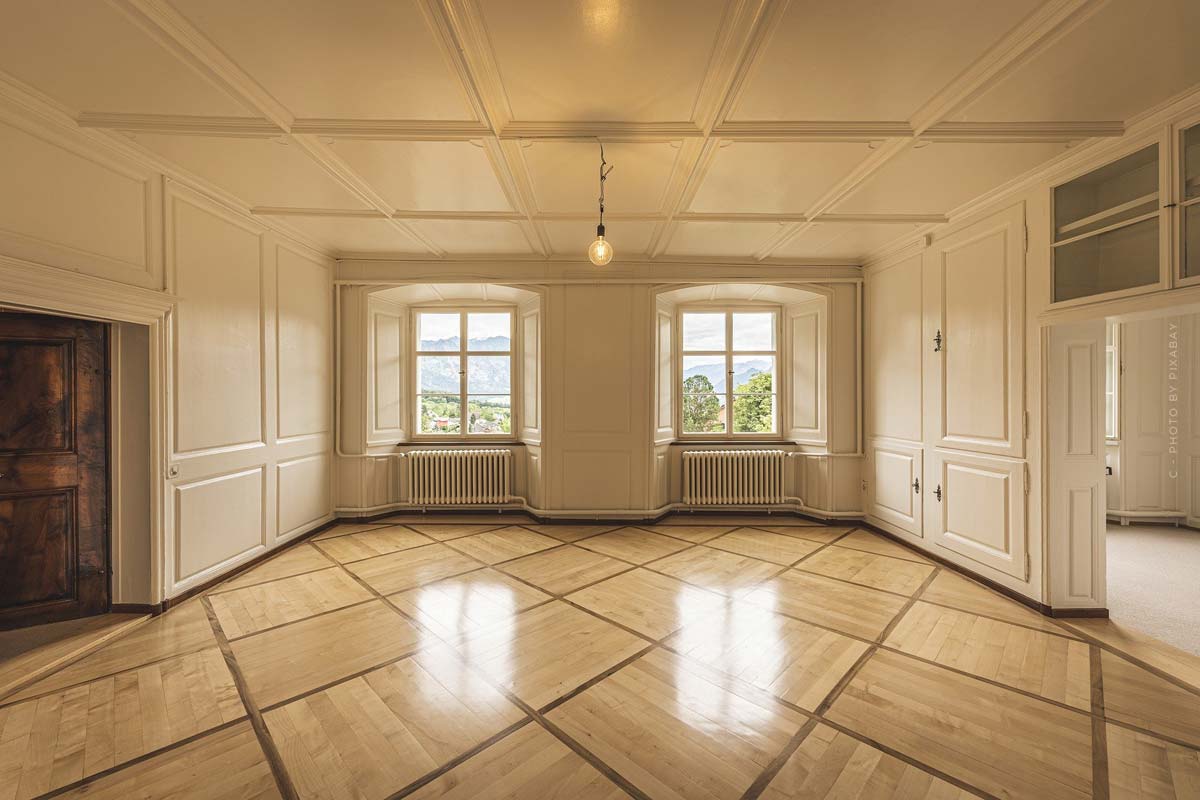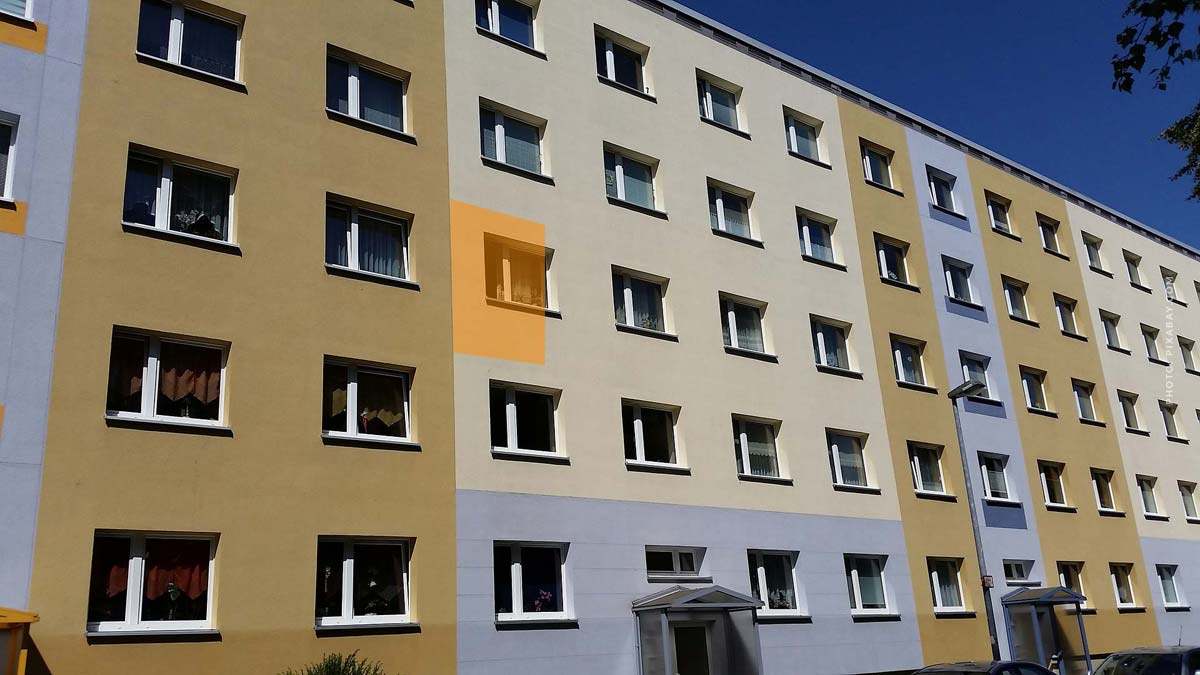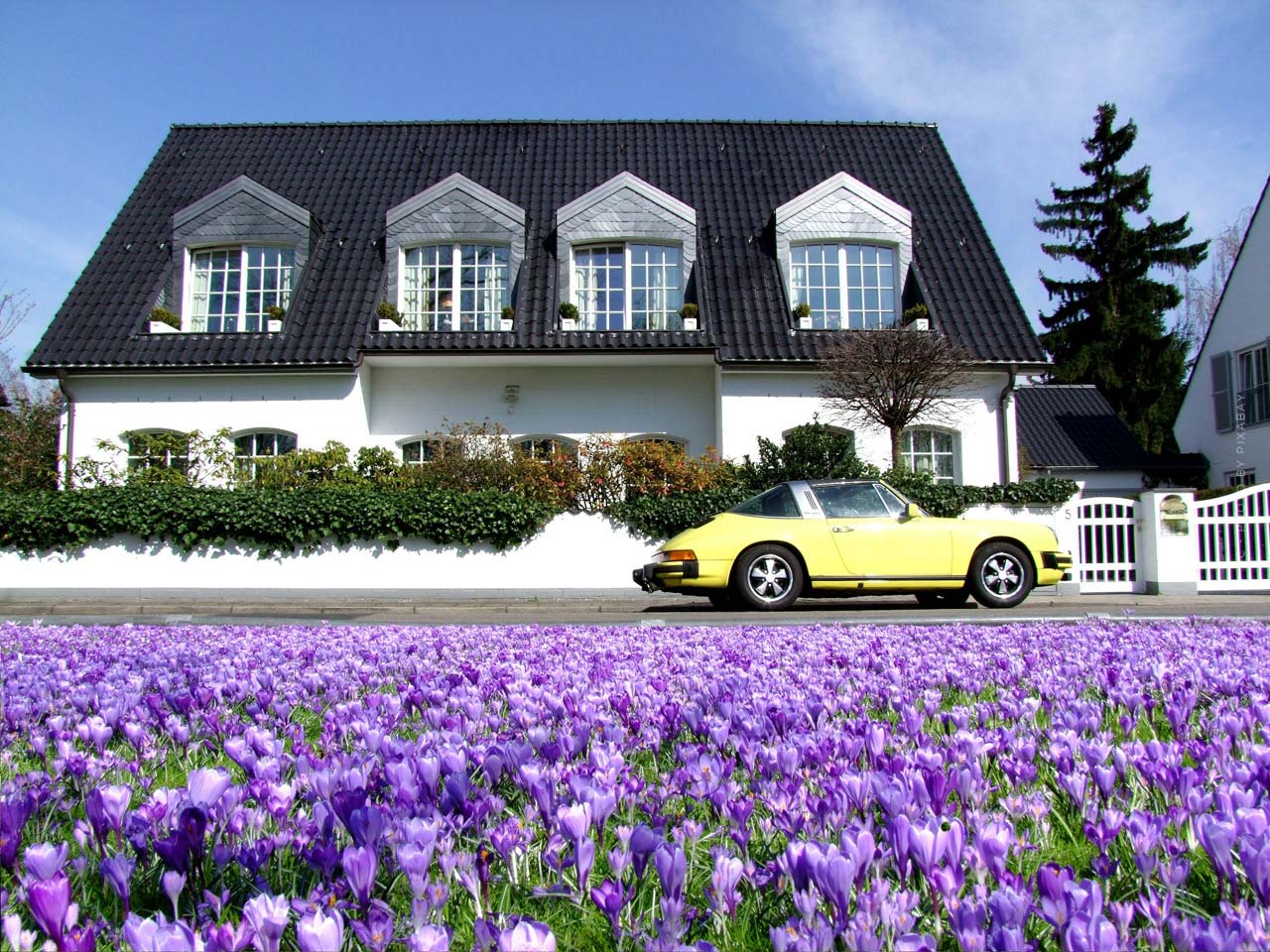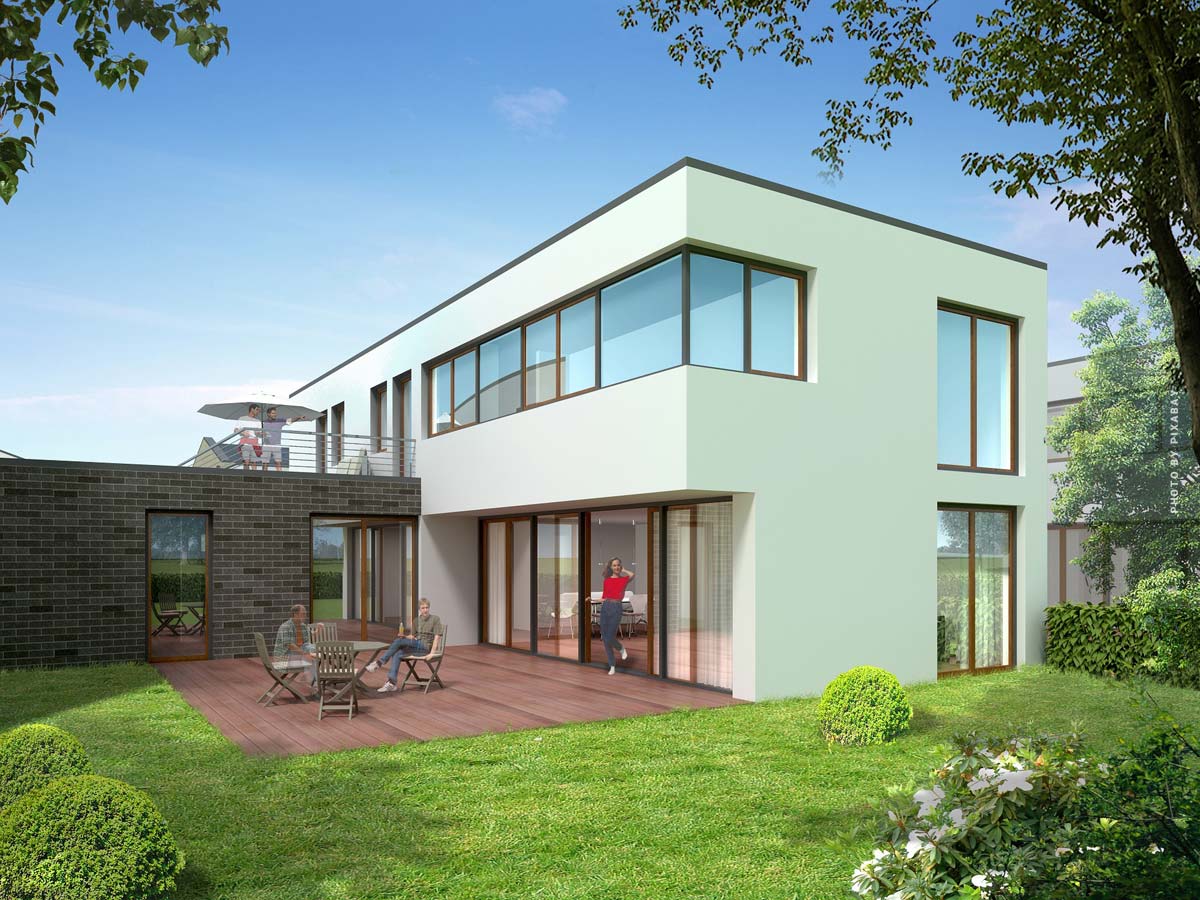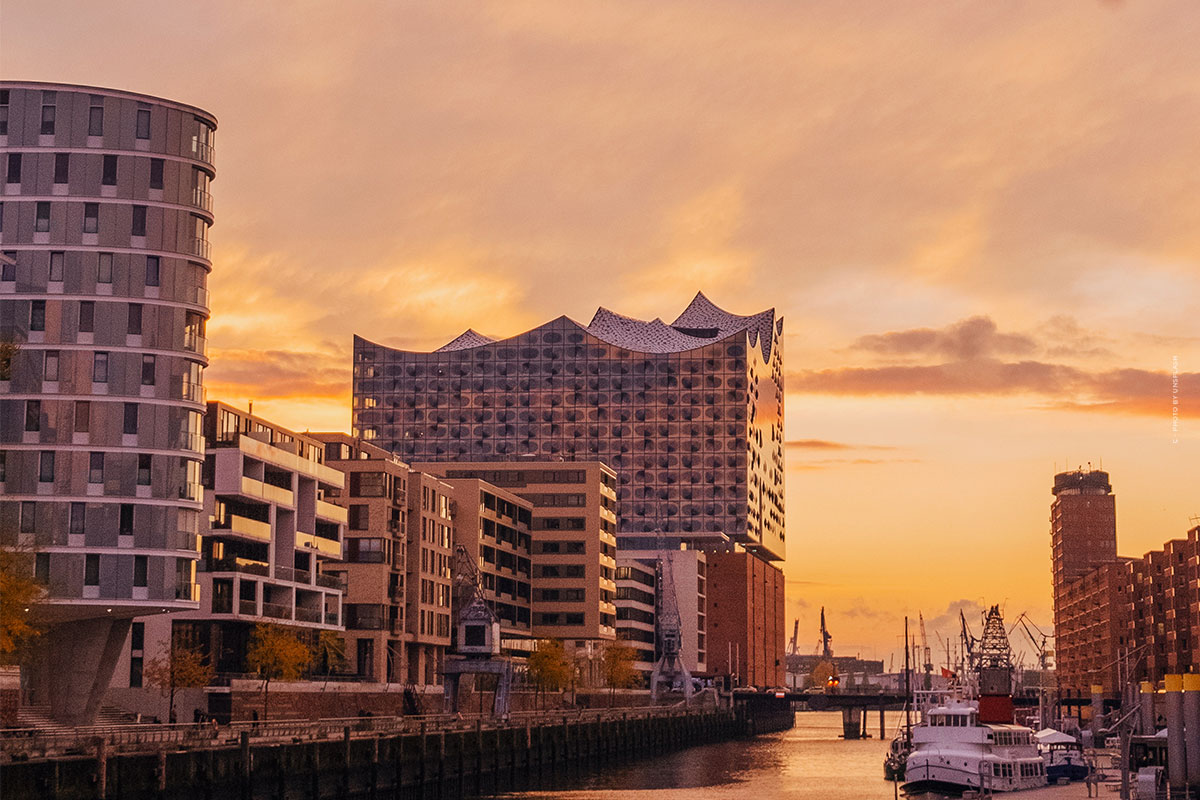Attic apartment: Conversion, renting or buying – advantages and disadvantages at a glance
Attic apartment – You want to buy an apartment, rent an apartment or even sell an apartment? Then you should know everything about your property. There are many different types of apartments, such as the old building apartment, the maisonette apartment or also floor apartment, here we would like to introduce you to the attic apartment in more detail: The attic apartment does not have a particularly good reputation among apartment hunters. There are complaints about unbearable temperatures in summer and loud wind and rain noises in autumn. For this reason, the prices for the apartment type have declined, whether it is worth it to develop the space under the roof still modern, we reveal in you here. You’ll also find out the advantages and disadvantages of an attic apartment and a checklist for converting your attic into an apartment. What types of apartments there are in general, and what advantages and disadvantages they each make up, you can read in our overview: Apartment types.
Attic apartment: Low prices for full living experience?
“But it’s an attic apartment” has been an argument against an apartment for far too long. Yet the qualities that this type of apartment brings with it are completely underestimated. Because the disdained apartments have potential, which you can bring out especially as an owner quite great.
Are you looking for a suitable apartment – whether as a tenant or investor? Then take a look at our guide to apartment types A-Z!
Modern attic apartments: Area and room layout
What exactly is a loft apartment anyway? The name is actually pretty self-explanatory. Attic apartment is the term that describes an apartment on the floor directly under the roof.
A prerequisite for an apartment to actually be understood as an attic apartment is that the roof slopes are also part of the living unit, and thus reduce the space in the apartment, for example. Sometimes roof slopes even have a negative effect on the usable living space. Penthouse apartments can also be living units on the top floor of a house, but these are never characterized by slopes.
Another type of apartment under the roof is the mansard apartment. This also refers to a form of living on the top floor of a house. However, the name already reveals that the roof form is not the classic pitched roof, but a mansard roof, which can be found increasingly in large cities such as Paris. The slope of the side walls under the mansard roof is not quite as extreme as that of a classic roof form.
Calculate area and determine room layout
Of course, the roof slopes can have a negative impact on the living space, because according to the regulation for calculating the living space, living space is only fully counted from a ceiling height of 2 meters. Everything under 1 meter ceiling height falls out completely in the area calculation. From a height of 1 meter, the square meters count half.
So, in an attic apartment, you can get decent floor space, but it is limited in use. For this reason, it is important to cleverly design the layout of the apartment to get the most out of it.
This option opens up to tenants, as well as owners who have more options for expansion to maximize the space under the roof.
Advantages & disadvantages of the attic apartment: temperature, area and service charges
After we have already touched on certain factors, we will now go into more detail about the advantages and disadvantages of this type of apartment. This should help you to make a decision about your future rental apartment, your own home or even the apartment that you want to rent out as an owner and make it palatable to interested parties.
Advantages: Reduced utility costs and living with a view?
Many of the advantages of an apartment also bring disadvantages. This is not only true for the attic apartment, but many different types of apartments. After all, tastes and priorities also differ massively. These are the advantages we have found in relation to attic apartments:
- Low heating costs
- Beautiful view
- Large windows
- Favourable living space
Cons: Stormy highs and hot summer nights?
Of course, the apartments do not come without drawbacks, but let’s face it, no apartment does. The important thing is to make the little quirks as pleasant as possible and especially to know them during the expansion to avoid as many problems as possible from the start.
- Summer heat
- Noise during storms
- Reduced living space
- Limited accessibility, if applicable
Tip. Building in the attic: prices & insulation : Read even more about attic conversion here.
Convert attic flat: Upgrading, costs, planning permission & co.
Converting the top floor into a fully functional living unit is something that many people rack their brains over. And it should be, so that at the end of the project you have premises that meet your needs. You or your tenant will hopefully spend complaint-free, enjoyable times in the apartment. So that this hope comes true, we have put together a few aspects for you.
Costs: How much does the conversion of an attic apartment cost?
The price for the conversion of an attic apartment depends entirely on the amount and scope of the conversion measures. For example, if the kitchen and bathroom are to be refitted, it may be necessary to lay new pipes, which will cause the price to soar.
If you want to maximize the living space, you should consider raising the roof if necessary. Depending on the size and condition of the house, this measure alone will cost 5000 € and more.
The best thing to do is to think about what measures you want to take to transform the apartment under the roof. Once you are clear about this, find out about the prices of the individual points. The internet, building companies and engineering firms can all help you with these questions.
Planning permission: What is the legal situation regarding the extension of apartments under the roof?
You have decided on the extension and there is no turning back? Then there is only one thing that could get in your way: the lack of planning permission. Depending on the extent of the work, you will always need planning permission. This will cost approximately 0.5% of the total conversion.
A little tip for those who want to save money: In some federal states, no building permission is required for loft conversions, as long as it is only an extension to your own premises.
Removal without a permit can result in a fine, a halt to construction, or even the dismantling of the measures taken.
Checklist for attic conversion
That can be quite a lot to consider. To make sure you have a few things in mind, we’ve put together a list of the most important factors:
- Funding
- Building permit
- Connections for water, electricity and co.
- Insulation and insulation
- Temperature measures, such as air conditioning
- Extension of the window areas
- Clever room layout
5 things you should consider before buying a loft apartment
Finally, your dream of owning your own home will come true and this one attic apartment is particularly appealing to you. But the decision is difficult, because you have heard so many bad things about living under the roof that you are not sure whether it should really be this apartment? We’ve got some handy tips to help you make sure your own apartment isn’t a total disaster. This should be special for attic apartment in any case:
- Air conditioning
- Water, electricity and heating connections
- Natural light
- Enough usable living space
- Sound insulation from the roof
Want to finally own your own apartment? Then take a look at our guide to buying an apartment, which prepares you in detail for the purchase of a condominium.
Financing: equity and loans for the purchase of a home
Before you buy a home, you should think about how much discretionary capital you use each month for rental costs. In addition, it is worthwhile to include the reserves, which you would otherwise make, in the calculation.
In combination, you then get the monthly installment which you are able to pay for the home loan. For this purpose, you should also have assurance that this amount would not change much in the next few years in which your loan would run.
Another factor is the equity to be raised. As a rule of thumb, it is assumed that the available equity should cover at least 10% of the purchase price.
- (available capital for rent + savings rate) x loan term in months + available equity n = realistic property purchase price
- N > 10 % of the property price
In addition, it is important that this calculation is not too tight, because in addition to the pure real estate costs, there are a lot of costs, such as the payment of a notary and some other things that are often forgotten. A house purchase should be well thought out in any case and the financial sustainability must be given in any case.
Purchase and rental agreement: recognising pitfalls at an early stage
As a buyer or tenant of an apartment, you are not only taking a big step, you are also taking on responsibility and making legally binding agreements with the landlord or seller of the property. These binding decisions are very difficult to revoke afterwards and can cost you more than just nerves.
For this reason, it is worth checking the contracts thoroughly for possible pitfalls. If you have legal expenses insurance, it is quite possible that you can have a lawyer do this for you. However, if you want to check the contract yourself, the following things should be taken into account.
- No waiver of termination
- No graduated rents
- Consideration of rental defects
- Who pays for minor repairs?
Everything you need to know before renting a property can be found in our article on renting a property!

